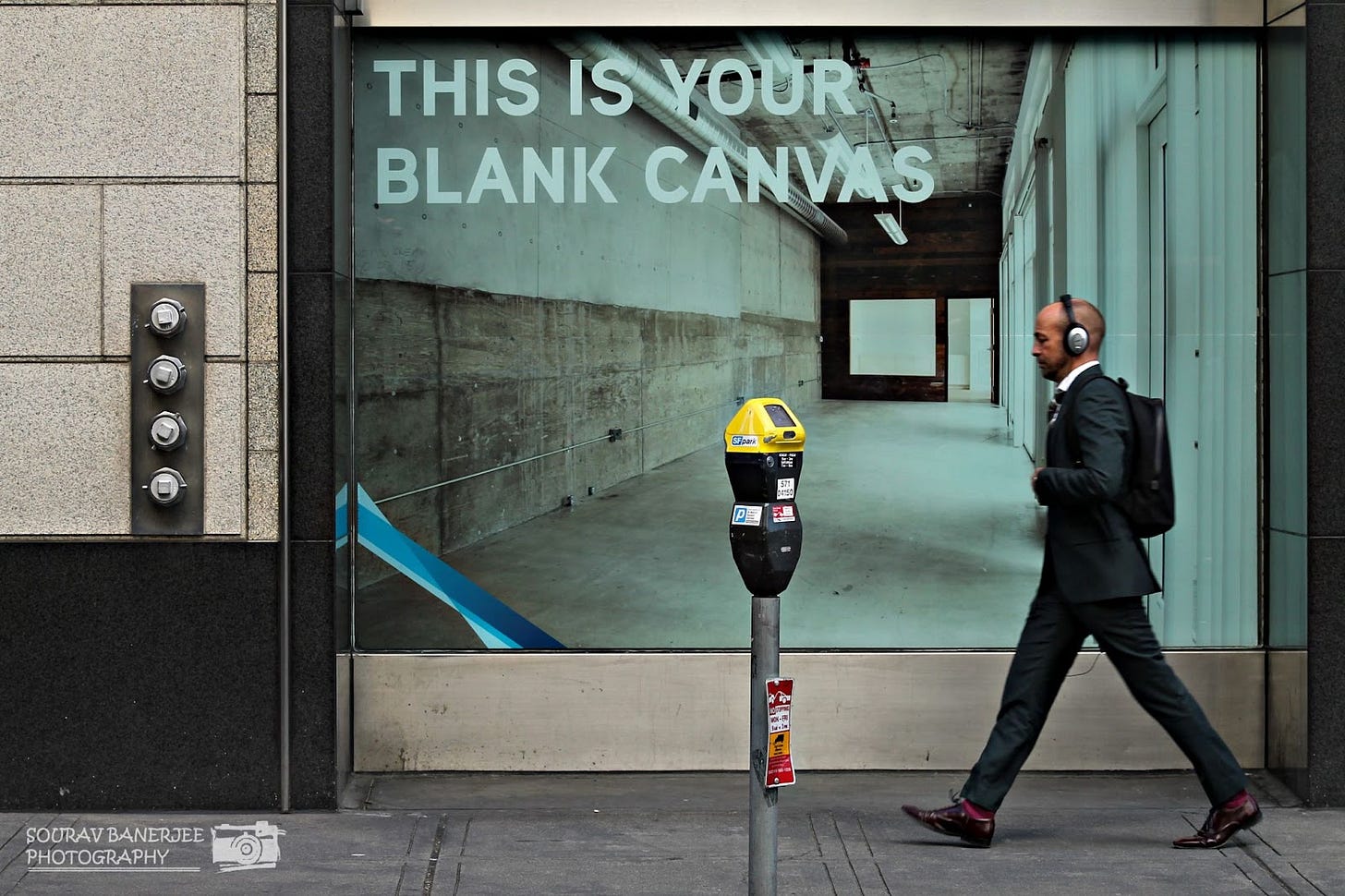Georgetown students and the labor market’s snooze button
What it's like for students trying to find jobs
Located in the career hub of Washington D.C., Georgetown University hosts a competitive body of students eager to secure jobs and advance professionally.
From the dozens of Capitol Hill interns on campus to students' well-polished LinkedIn profiles, Georgetown University holds an impressive pool of high-caliber students who transition smoothly into the job market.
However, this year, several macroeconomic factors seemed to hinder students' abilities to secure employment despite their skilled background and rigorous academic achievements.
Earlier this summer, U.S. jobs hiring hit the weakest three-month average (July through August) of 116,000 net new jobs since mid-2020. Although inflation had been declining consistently since the pandemic due to the Fed's interest rate increases, the labor economy did not reflect the same success.
According to the U.S. News & World Report, "In August, the number of Americans quitting their jobs—a sign of confidence in their job prospects—slid to the lowest level since August 2020 when the economy was reeling from COVID-19 lockdowns."
Although experts were not expecting a recession, negative consumer expectations and a contracting economy were troubling signs based on economic data.
On the Georgetown campus, these economic statistics were more than just figures on a page for students. Several upperclassmen on campus have recently directly felt the impact of these negative economic trends, especially when comparing their previous recruiting cycles to their most recent summer job hunt.
A junior studying Finance at the McDonough School of Business noted, "I just got my offer last week, but I felt that the effects of a poor labor market were very clear as banks were taking fewer Georgetown kids in their recruiting classes from previous years. For example, I was made aware that Citi only took four people when they had taken nearly double in previous years."
In the banking industry with so many eyes from MSB students on the coveted spots, economic contraction was readily apparent.
Furthermore, he stated, "Some big banks like Bank of America and Morgan Stanley did not hold the on-campus recruiting events that they typically do every year, which made it extremely competitive with so many people competing for even fewer spots."
A Global Business major in the School of Foreign Service who applied for consulting jobs during the summer stated that she saw a decline in offers handed out when talking to other seniors about the most recent recruitment cycle.
"I saw a lot more people having delayed starts,” she said. “For example, they would start their jobs next fall instead of June like usual, which also seemed like a clear indicator that these firms just weren't getting as much business and therefore weren't hiring as much."
In addition to the fewer number of openings, the recruiting timeline also appeared to have shifted due to recent economic trends.
However, not every student directly felt the impacts of 2024's slow summer.
"While searching for full-time management consulting jobs after graduation, a lot of people I networked with would comment on how the market was bad and how their firms were offering fewer spots for summer interns," said a senior studying Finance and Operations and Analytics in the McDonough School of Business.
However, in contrast to other students, she said she did not quite experience the slower labor market since she had more interviews this past summer than last fall.
The negative effects of a slower labor market during the summer have been a circulating topic on the Georgetown campus as students are now receiving their offers. However, it is important to note that there is some optimism for current recruiting processes according to new data.
Due to various concerns about the slowing summer labor market, the Fed made a historic interest rate cut by half a percentage point on September 18, about 4 years after their last rate cut in 2020. This month proved to be an illustrious period for the economy.
According to the Labor Report from the National Bureau of Labor Statistics, a striking 254,000 jobs were added, and the unemployment rate fell by 0.1%, continuing the downward trend since August. Furthermore, October's labor report is expected to show slight labor growth and a stable job market, according to the Fed's Beige Book.
Following a recruitment cycle marked by fewer offers and events as well as delayed timelines, Georgetown students may see improvements in the labor market going forward.
With an impressive increase in the number of jobs in September and recent signs of resilience in the U.S. economy, Georgetown students may find the transition to the workforce a bit easier this time around with potentially greater access to jobs and a more favorable hiring environment.





